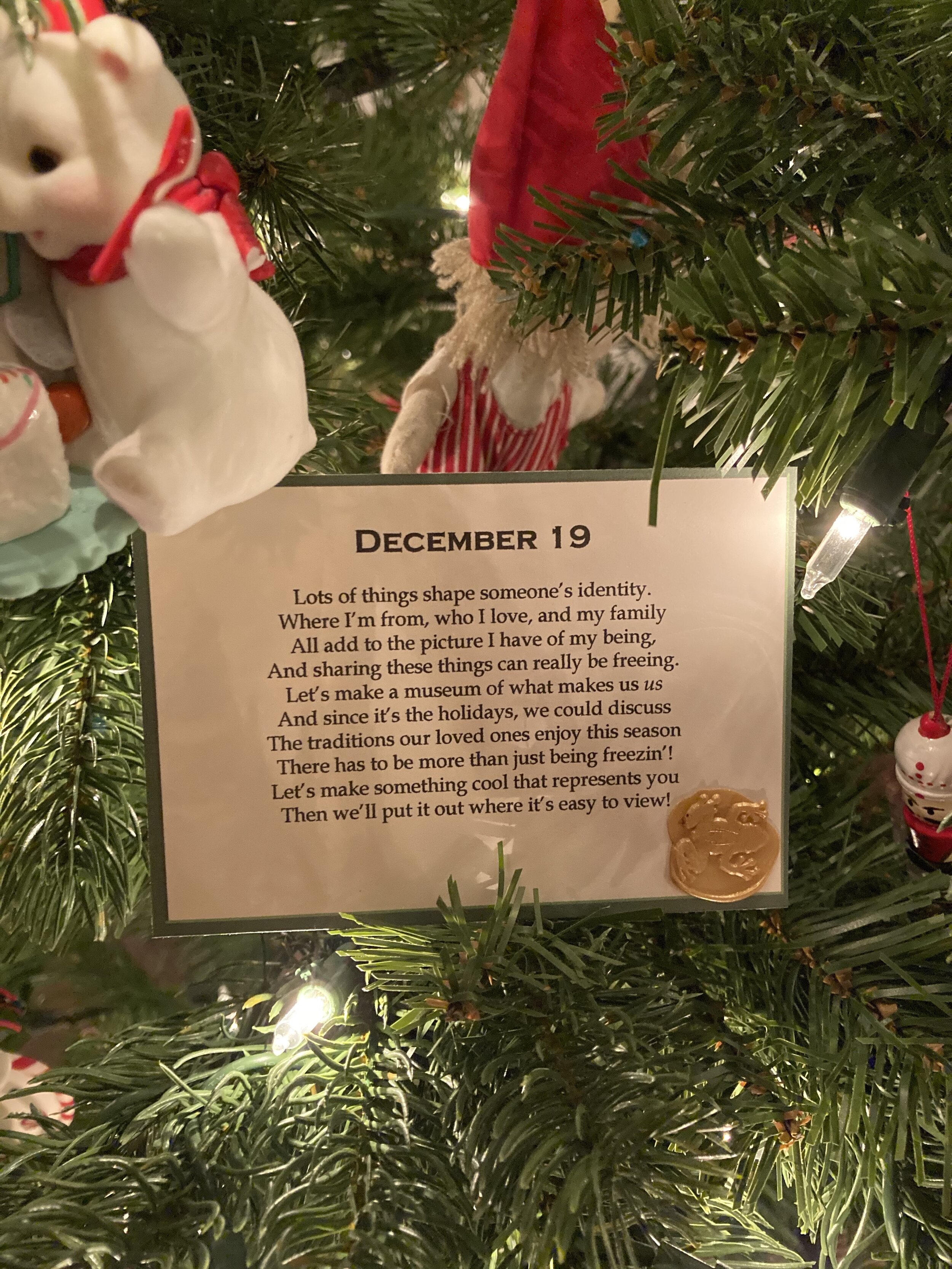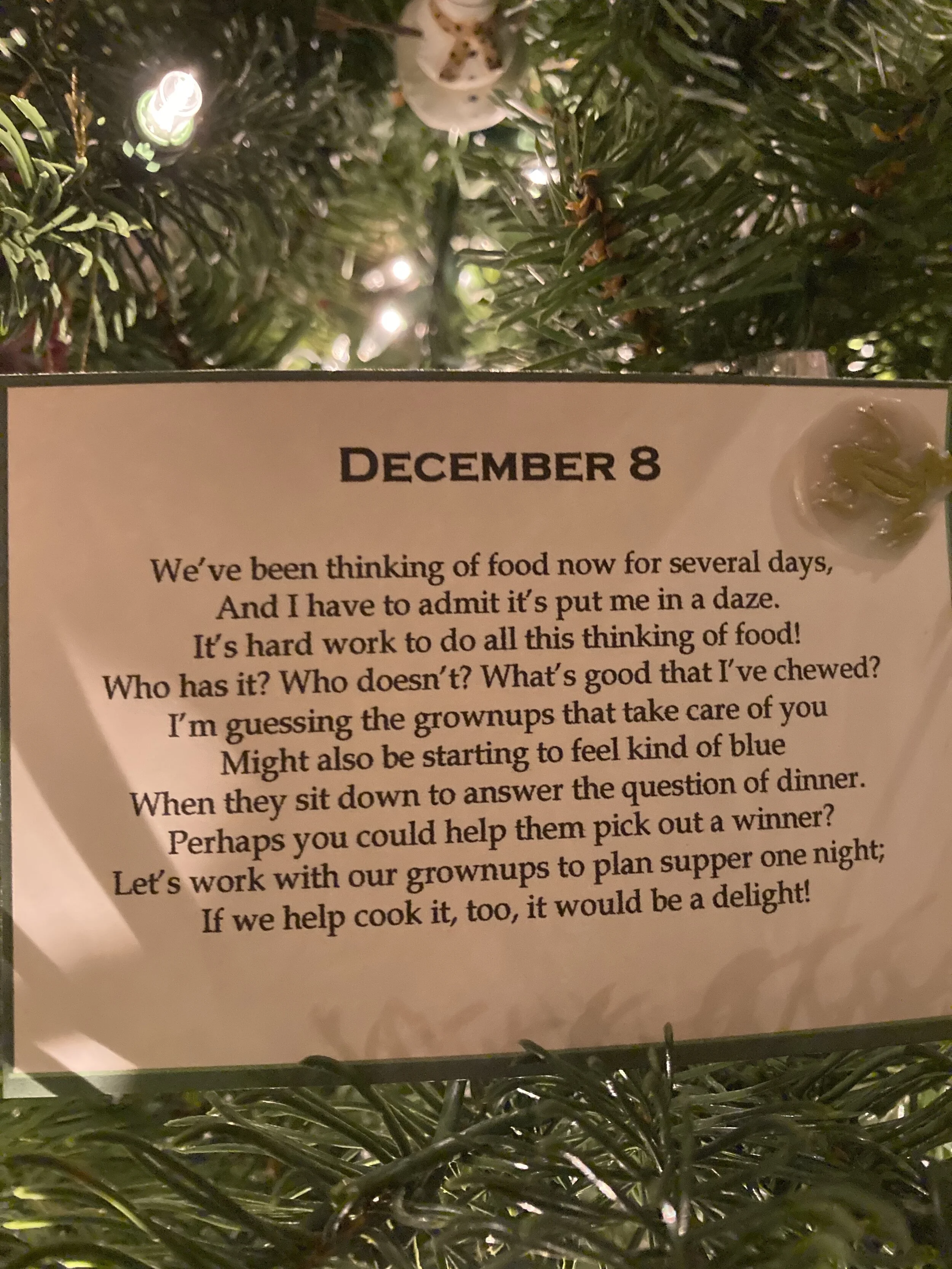Activity:
With your child, choose a favorite book (or two). Read the story. Then find costumes, set the stage, and act out the narrative. Let your child take the lead as much as possible, and play along with gusto.
Rationale:
The goal of this exercise, again, is perspective-taking and developing an emotional vocabulary. By personifying the characters of a favorite book, your child will have the opportunity to practice perceiving the world from another’s vantage. It is important that you let your child choose the story they would like to act out today, but ideally, either today or another day soon, you will also encourage them to try this exercise when reading books by and about characters who live lives and inhabit bodies that are unlike your child’s own.
The importance of adopting alternative perspectives in the safe, manageable dimensions of make-believe is perhaps best exemplified by Nigerian novelist Chimamanda Ngozi Adichie. In her extremely famous TED talk from 2011, Adichie discusses “The Danger of a Single Story.” Adichie’s point, or one of them, is that if you only encounter oversimplified narratives of how other people live, then you may be capable of pitying them, or fearing them, or envying them—but not of empathizing with them. She contends that by reading diverse stories, where people from historically underrepresented populations share their perspectives, we can engage in the much more complicated task of connecting with people unlike ourselves as “human equals.” Adichie admits: “If I had not grown up in Nigeria, and if all I knew about Africa were from popular images, I too would think that Africa was a place of beautiful landscapes, beautiful animals, and incomprehensible people, fighting senseless wars, dying of poverty and AIDS, unable to speak for themselves, and waiting to be saved by a kind, white foreigner.” If we only learn of Africa from colonizers and missionaries, or of women from men, or of history from the victors, our worldview will be both narrow and exclusionary.
Adichie is right—diverse stories matter and they cultivate our capacity for perspective taking—but her brilliant commentary on empathy makes her recent comments about the trans community all the more baffling and infuriating. In 2017, Adichie gave an interview in which she answered a question about whether a transgender woman was “any less of a real woman,” by responding that “trans women are trans women.” She elaborates that because trans women “switched gender,” they have enjoyed male privilege and therefore have not shared the same experiences as women. These comments were quickly decried by the international trans community and were seen not just as a rallying cry for TERFs (Trans-Exclusionary Radical Feminists), but as a particularly devastating blow for the Nigerian LGBTQIA2S+ community where homosexuality can still be punishable by death. Instead of apologizing for the uproar, or elaborating on her position, Adichie dismissed it as “trans-noise,” withdrew her support for trans writers’ books, and doubled down. In a 2020 interview, she defended J. K. Rowling’s essay on sex and gender, which has also been widely critiqued by the trans community, calling the position “perfectly reasonable.” So what happened here? How can someone who builds a career by saying exceptionally eloquent and true things about empathy—about amplifying marginalized voices and relating to what they have to say—be so unwilling to acknowledge the trans community’s perspective? And, importantly, how can we avoid making the same mistakes or replicating this kind of bigotry in our children?
My answer, perhaps irrationally, is to take Adichie’s advice, despite her shortcomings. I still believe that reading broadly and diversely can help us acknowledge other people’s perspectives and empathize with viewpoints unlike our own. I can speculate that in the aftermath of Adichie’s initial 2017 interview, her desire to relate to famous feminists like Rowling occluded her capacity to empathize with people like non-binary trans Nigerian writer Akwaeke Emezi, whose career she reportedly attempted to sabotage. Recent scholarship investigating “empathy bias”—an inclination to relate with our own social group compared to other groups—indicates that high levels of empathy for members of our own group can decrease the empathy we feel for “outsiders.” A study, which considered how Americans regard people from the Middle East, Hungarians regard Muslim refugees, and Greeks regard Germans, suggested that “When one group of people feels a decreased sense of empathy for another group, and a high sense of empathy for their own, it implies less motivation to help people from the ‘outside’ group – even when they’re suffering” (Ganguly, 2018). In other words it is not just a dearth of empathy that drives us to behave monstrously; a surfeit of in-group empathy can have the same effect. If Adichie closely identifies with “famous feminist writers who have said and anti-trans things and been thoroughly dragged for them,” then her empathy for figures like Rowling might cause her to further harm the trans community. It may be a case of misplaced empathy, rather than a lack of empathy at all.
It is becoming clear to me that empathy is a pharmakon: a cure when it is both broad and nimble, but a poison when it is unilateral and unbounded by critical thinking skills. And the solution, then, is to help our children be able to relate to as many intersectional identities as we ourselves can envision: to listen to and amplify their stories; to never punch down; and to assume a position of cultural humility in the face of realities we will never fully understand.
Book Recommendation:
Your child should choose the book today, but since we’re chatting about Adichie, I want to recommend three books I’ve been loving lately. The first, Julián is a Mermaid, by Jessica Love, is beautiful and whimsical. You can watch a read aloud here. When Aidan Became a Brother, by Kyle Lukoff and Kaylani Juanita, is more explicitly about being trans, handling sex and gender with people who have not yet had the chance to articulate their own, and second chances. You can watch a read aloud here. We also love It Feels Good to be Yourself, by Theresa Thorn and Noah Grigni. You can watch a read aloud here. Also, if you’re looking for some Nigerian authors to read who haven’t been transphobic, you can find a great list here.






























































